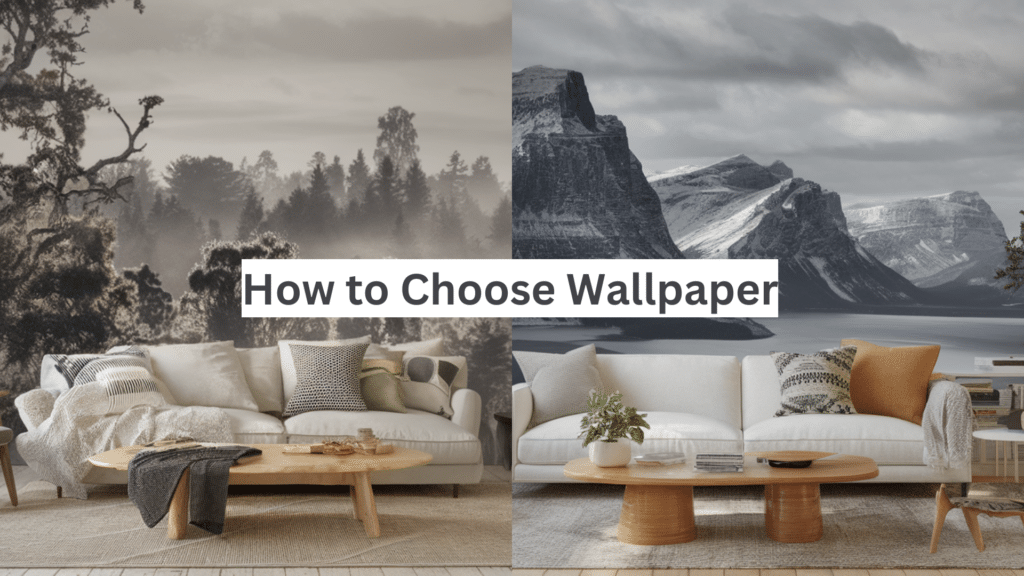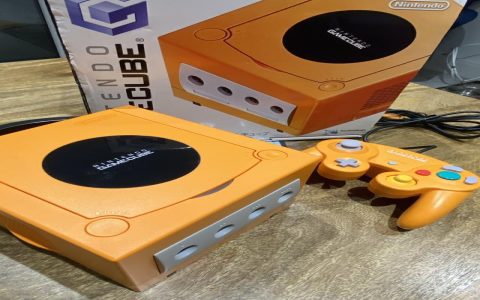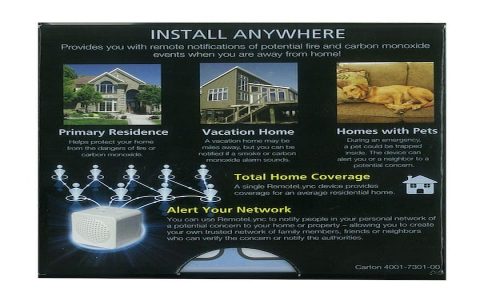Selecting shadow wallpaper involves balancing aesthetics, function, and longevity. Here are five key considerations:
Prioritize Material & Finish
Opt for vinyl-coated or solid vinyl wallpaper. These materials are durable, washable, and highly resistant to moisture and humidity – essential for handling shadows and potential condensation. Matte or eggshell finishes absorb light, minimizing glare and enhancing the shadow effect's depth.
Evaluate Your Space & Lighting
Assess wall condition, room function, and natural light levels. Shadows are most effective on smooth surfaces. Consider traffic levels: high-traffic areas demand more durable materials. Low-light rooms suit lighter, cool-toned palettes to avoid feeling cavernous.

Master Color & Pattern Scaling
Shadow wallpaper relies on subtle tonal shifts. Opt for sophisticated monochromatic schemes or analogous color palettes. Large-scale patterns maximize shadow impact in spacious rooms, while smaller patterns suit confined areas. Test large samples on your walls under actual lighting conditions.
Consider Longevity & Maintenance
Choose scrubbable finishes to handle inevitable dust and marks. Peel-and-stick options offer flexibility but often lack the durability of traditional paste-the-wall vinyls. Factor in future redecoration ease.
Balance Budget & Practicality
Premium, textured wallpapers maximize shadow play but cost more. Weigh initial investment against longevity and ease of installation. Complex murals may require professional hanging, increasing costs. Pre-pasted vinyls offer good value and DIY feasibility.












